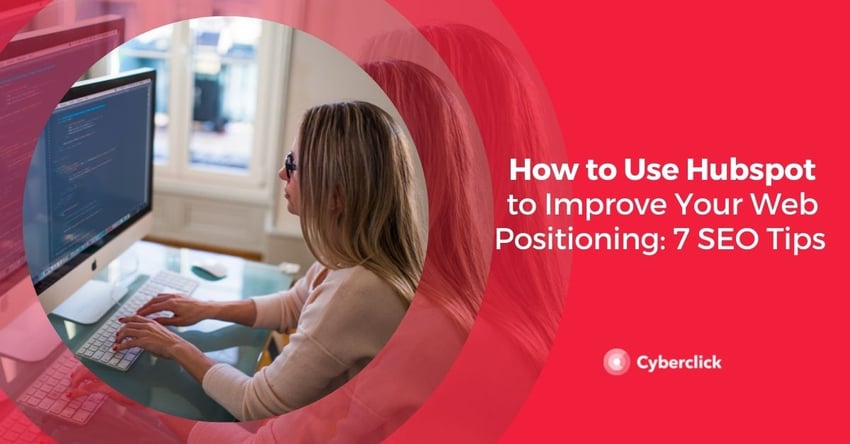SEO is an essential part of any marketing strategy, especially if you use an inbound methodology. And within the inbound world, if you use Hubspot, it should be very easy for you to optimize your posts and increase your position in Google's rankings.
Learn how to use HubSpot to improve your blog or website's SEO positioning!


7 Tips to Improve Your SEO With Hubspot
-
Enable the option to use Accelerated Mobile Pages (AMP): This Google feature allows your site's mobile pages to load faster, which in turn improves your search engine rankings. You can enable it directly through Hubspot, either for your entire site or for individual pages.
-
Use Search Console: Another very useful SEO function of Hubspot is the integration with Google's Search Console. This tool allows you to see a lot of data about how your pages are positioned and correct any issues in real-time.
-
Use headers correctly: Heading tags (H1, H2, H3...) have multiple functions within the pages of your website. On one hand, they help users understand your content and quickly identify what it is about. On the other hand, they allow search engines to determine if your content is relevant to users' search queries. The most important thing to remember is that the title of each article should always be an H1 and that you should use H2s and H3s to identify the different sections within your content.
-
Use internal and external links: External links bring authority to your page, so they are a very important factor in how your page positions. Internal links help users and search engines to better understand the relationships between the different contents of your page and can also help to improve your positioning.
-
Include meta descriptions in your articles: Google relies on the meta description, among other sources, to show the descriptive text that appears under the title of each search result. As you can imagine, this text is important in users' decision-making process before they click and visit your website, so do not forget to include a relevant and SEO-friendly meta description in your articles.
-
Label duplicate content: You may need to have the same content in different parts of your website. But if you don't tag it correctly, you risk getting a google penalty. With Hubspot, you can solve this problem by setting up canonical URLs to tell search engines which version of your content is preferred.
-
Don't forget about images: Search engine crawlers can't "see" your content, but they do pay attention to file names, descriptions, and alt text. Alt text is especially important for users visiting your site with screen readers to know what each image is about.
Digital Marketing Strategist en Cyberclick. Graduada en Periodismo por la Universitat Pompeu Fabra, ha trabajado en distintos medios de comunicación hasta cursar un máster en Marketing Digital y Redes Sociales por La Salle BCN. Especializada en contenido y SEO gracias a la UNED.
Digital Marketing Strategist at Cyberclick. Irene holds a degree in Journalism from Pompeu Fabra University, and she has worked in various media outlets before pursuing a master's degree in Digital Marketing and Social Media at La Salle BCN. Specialized in content and SEO thanks to UNED.





Leave your comment and join the conversation